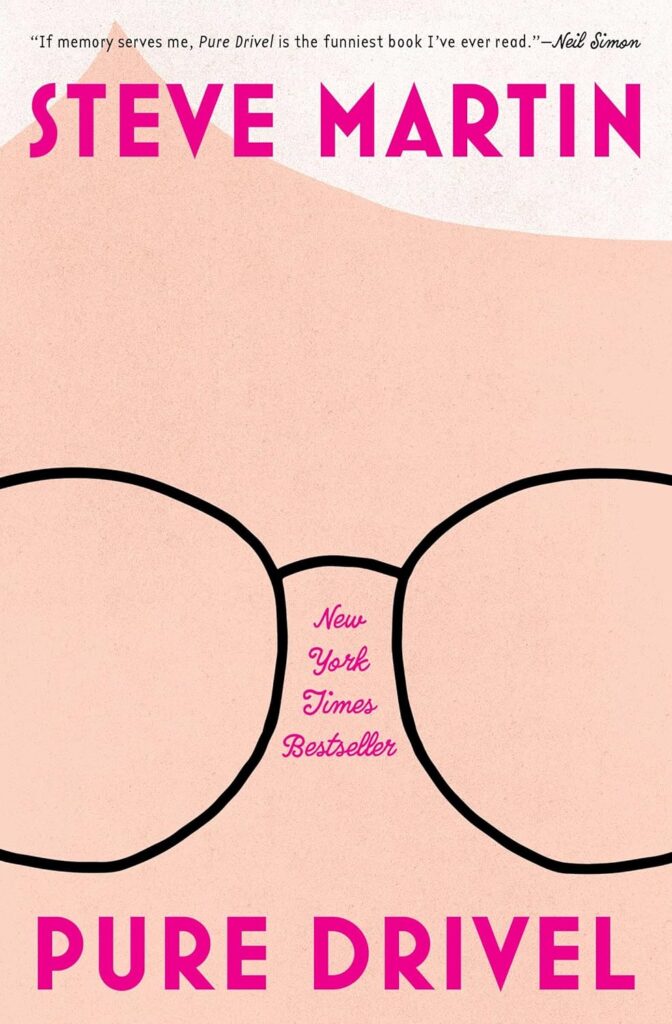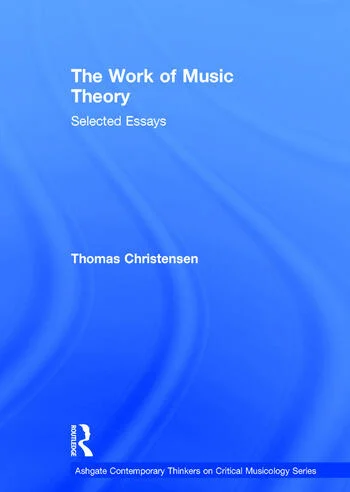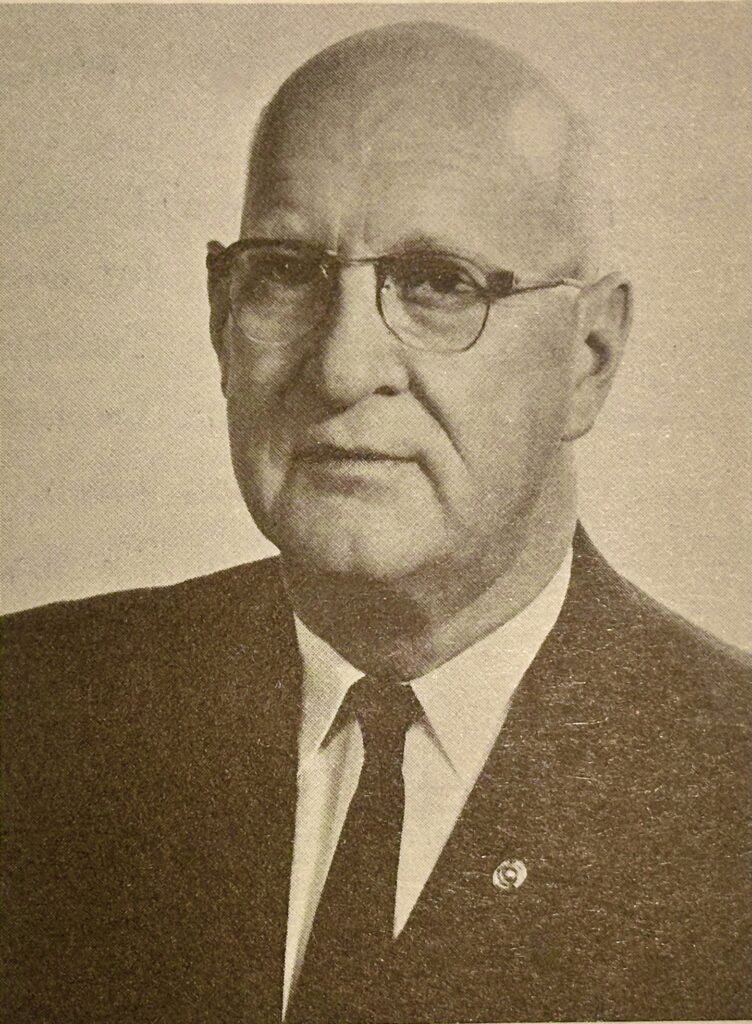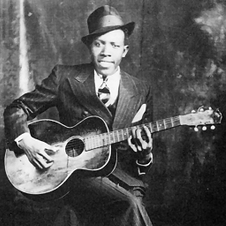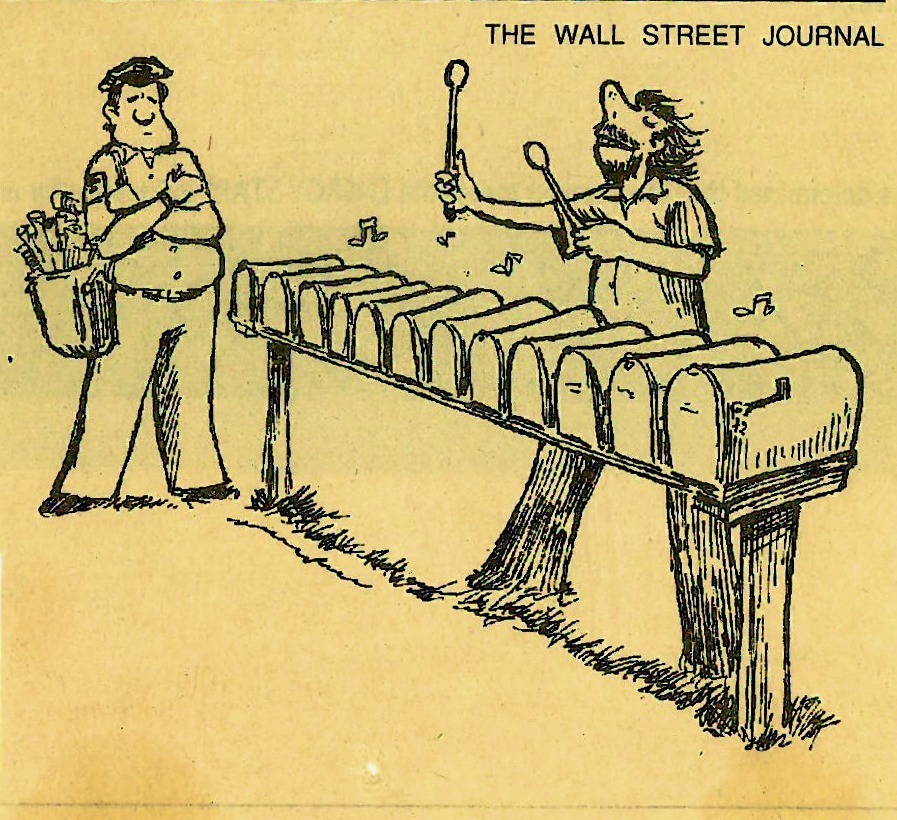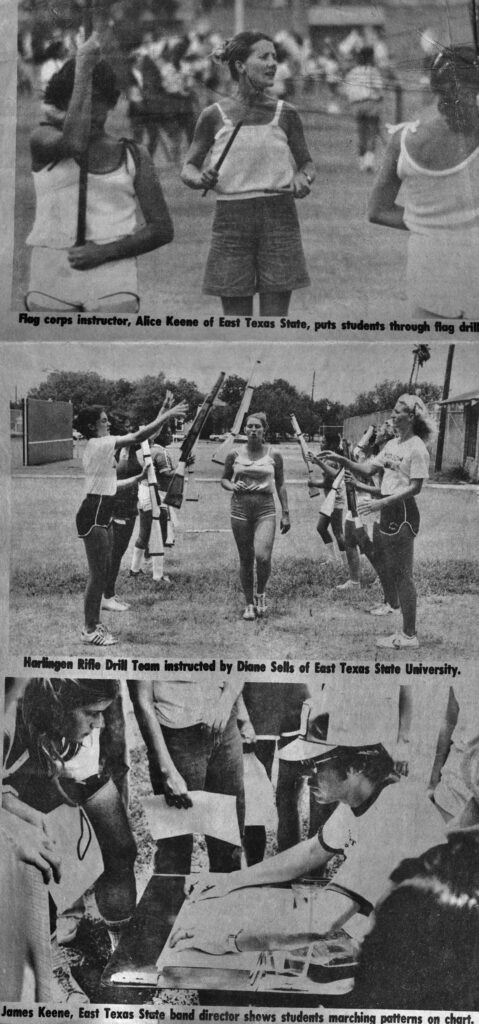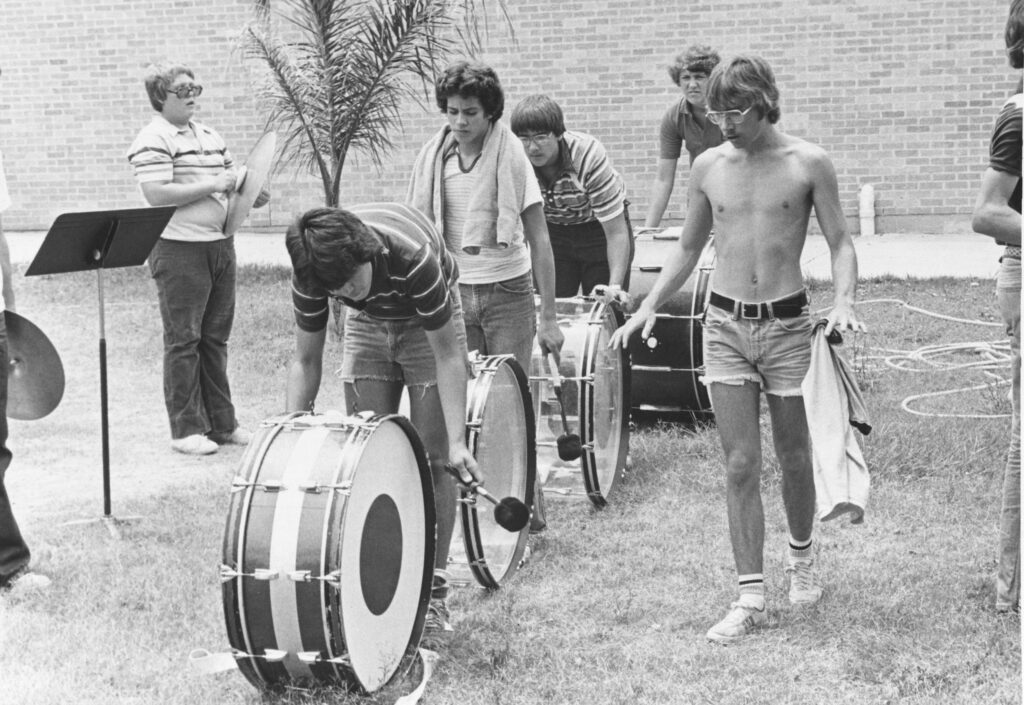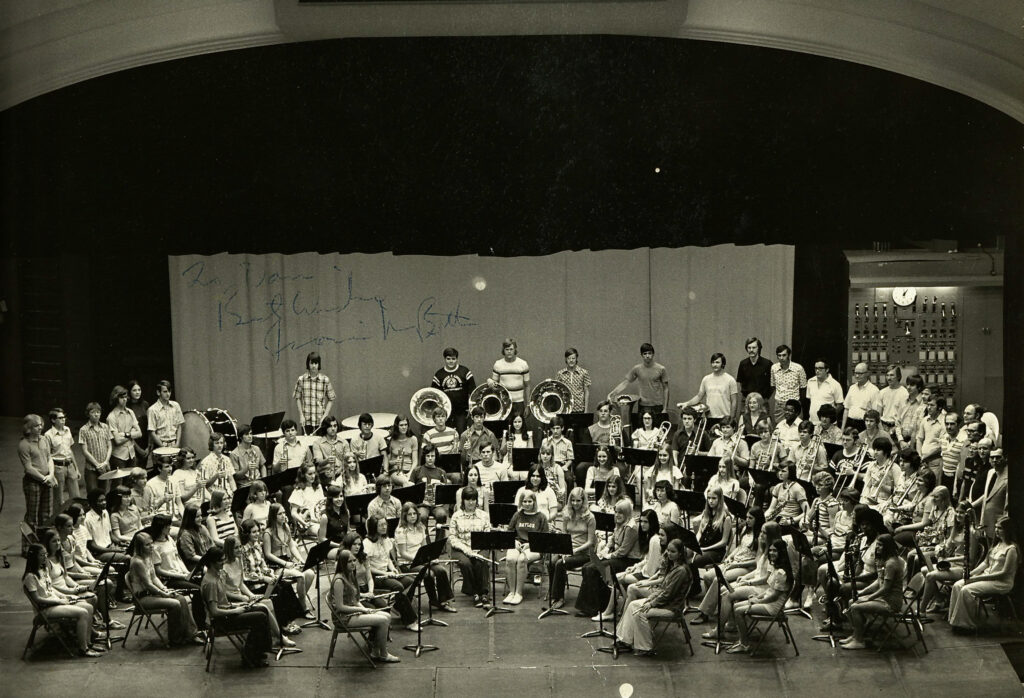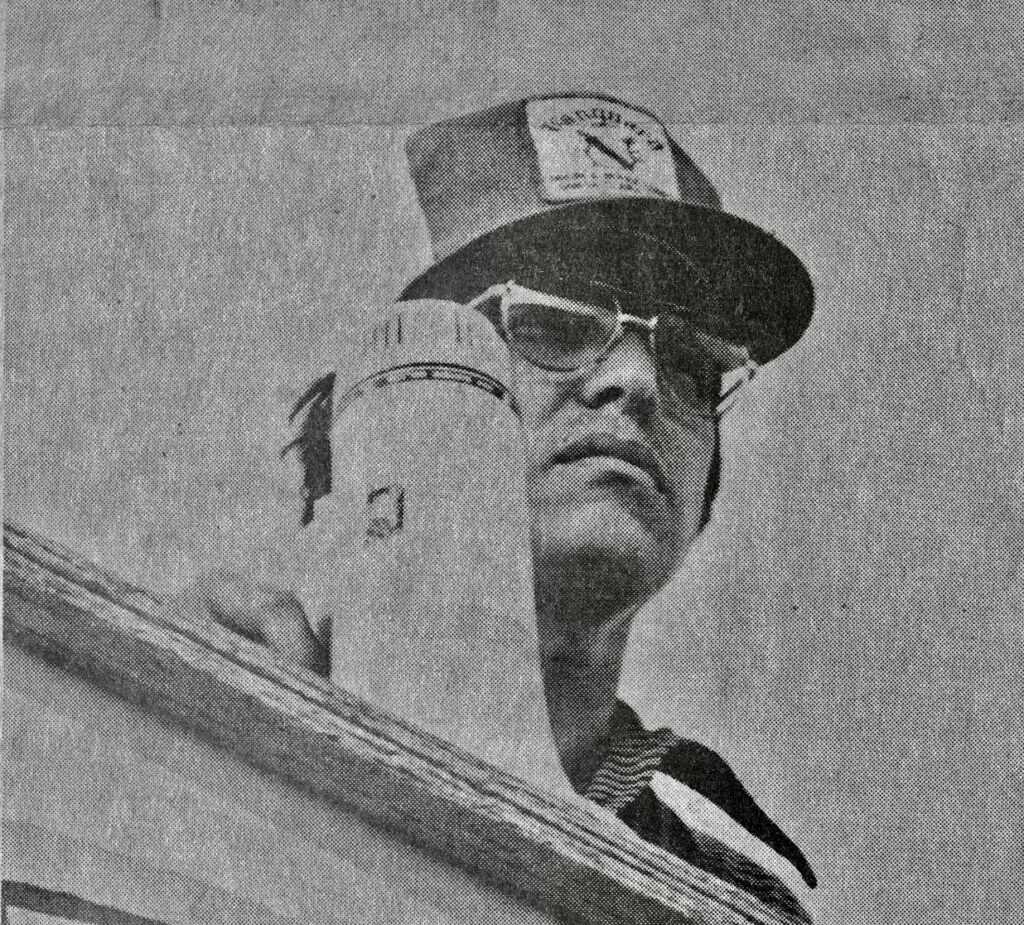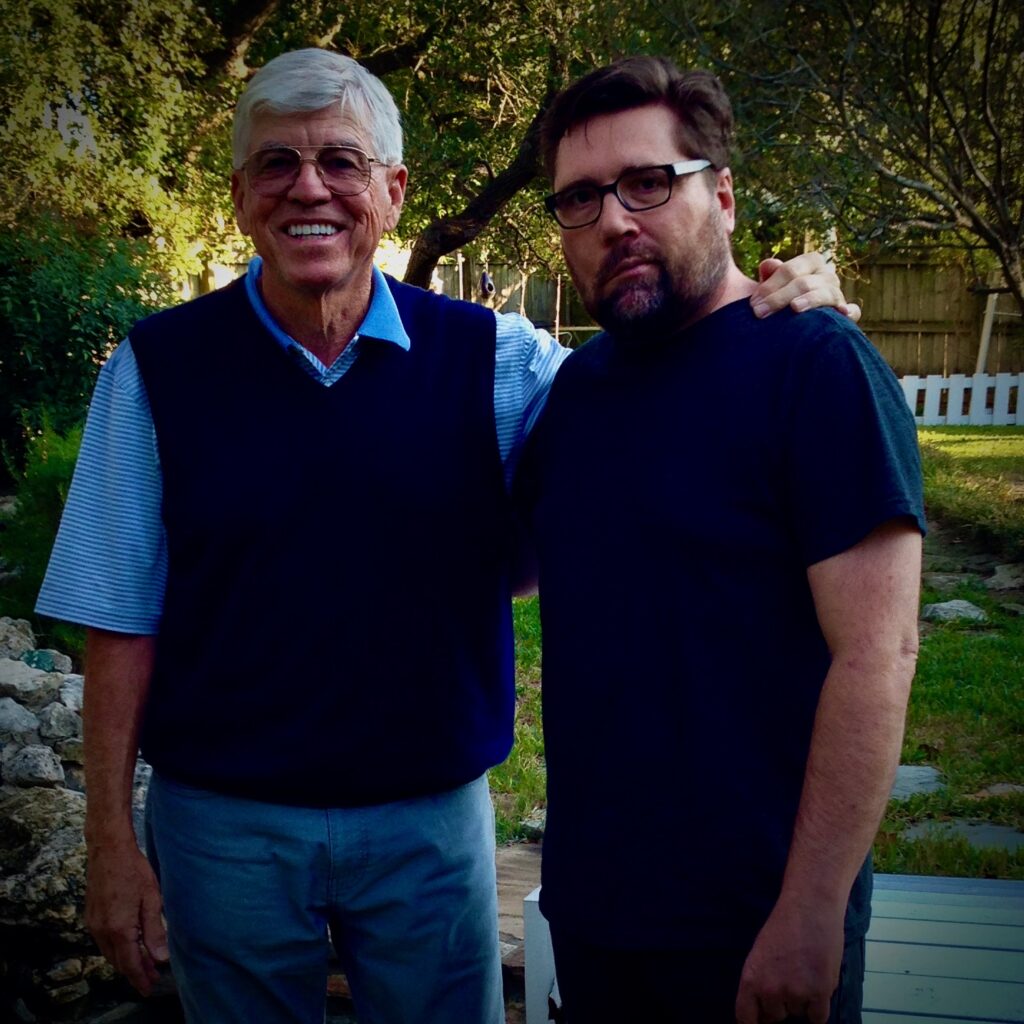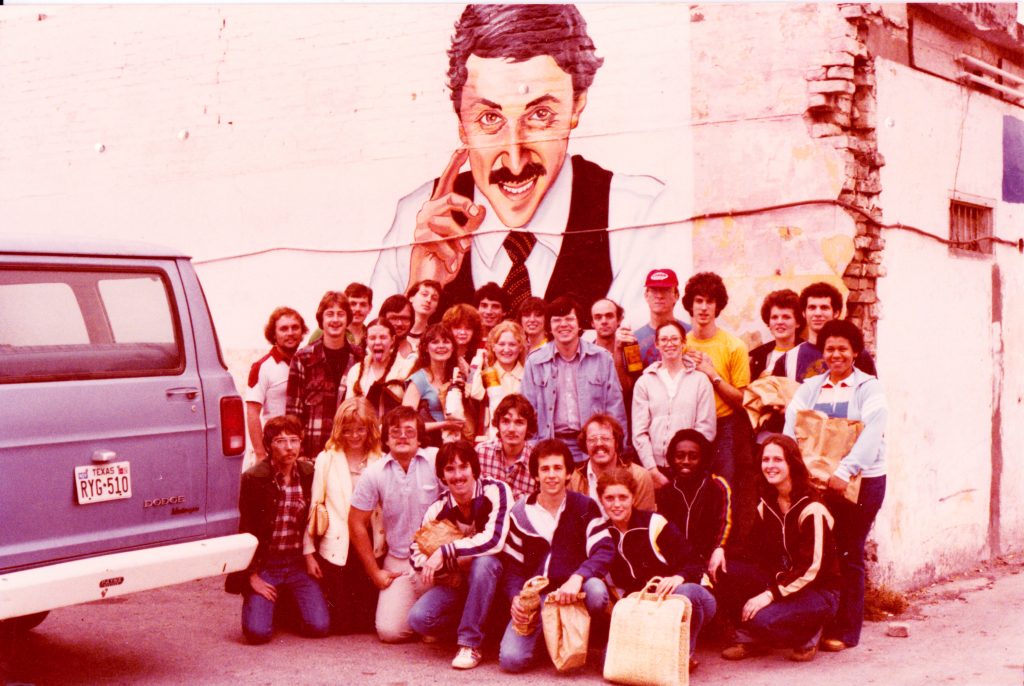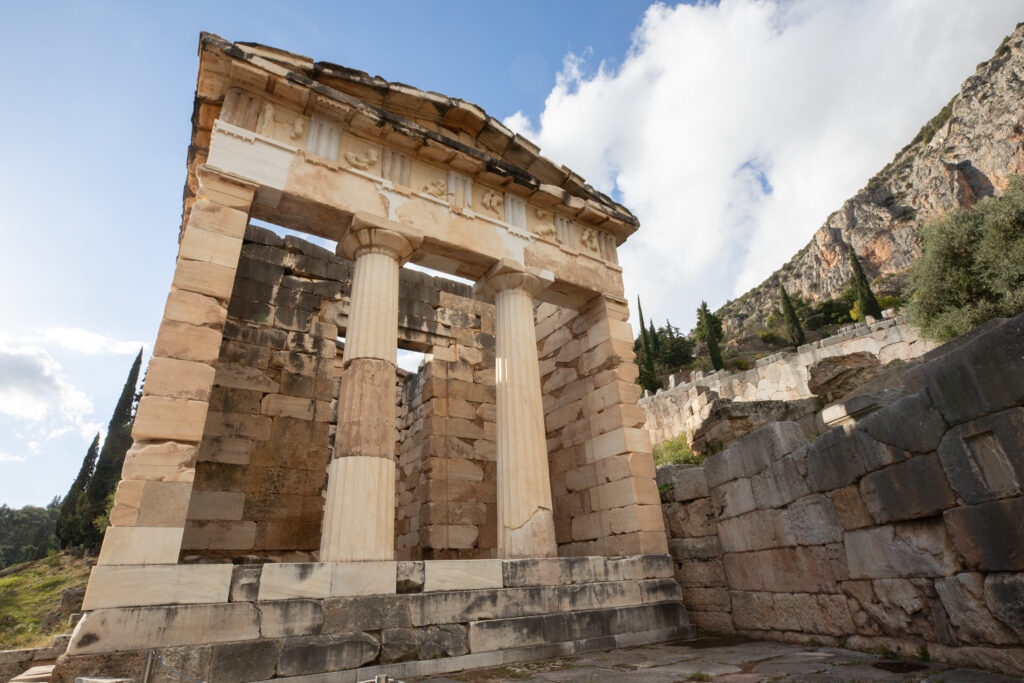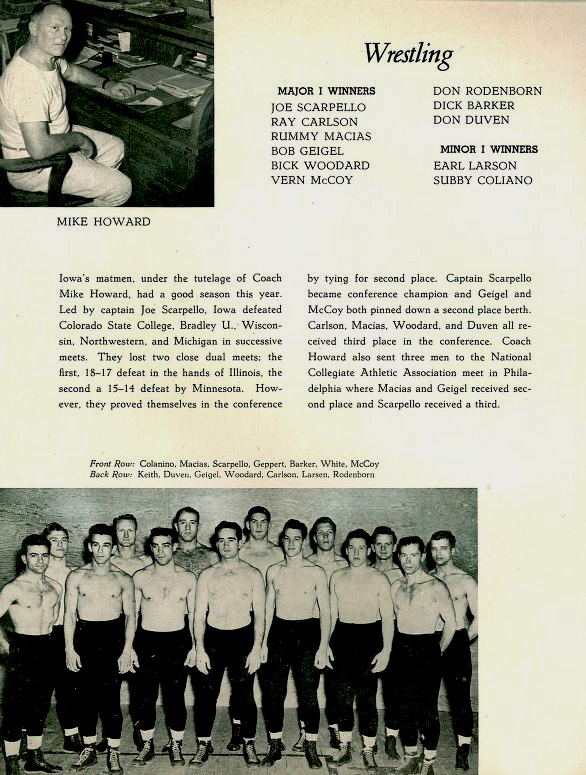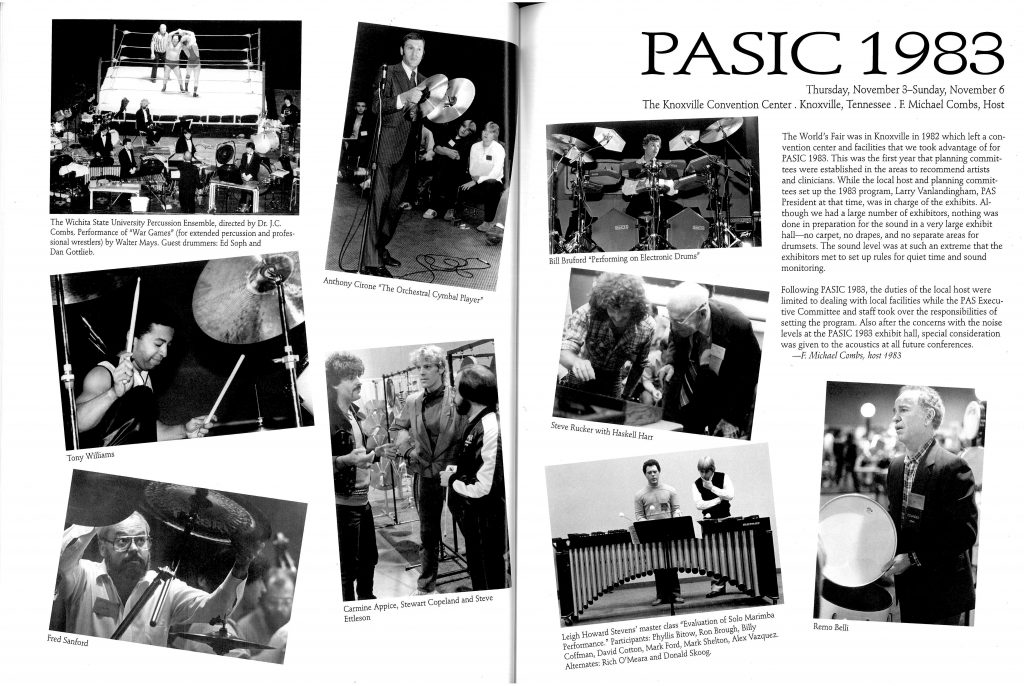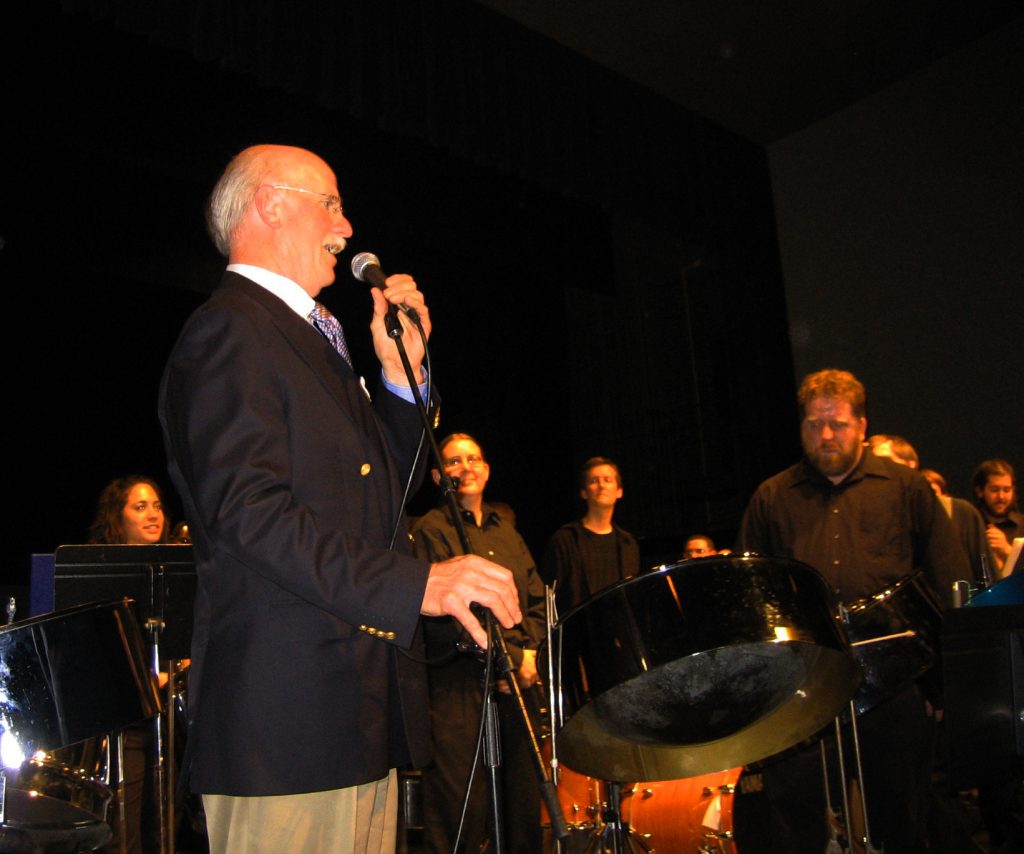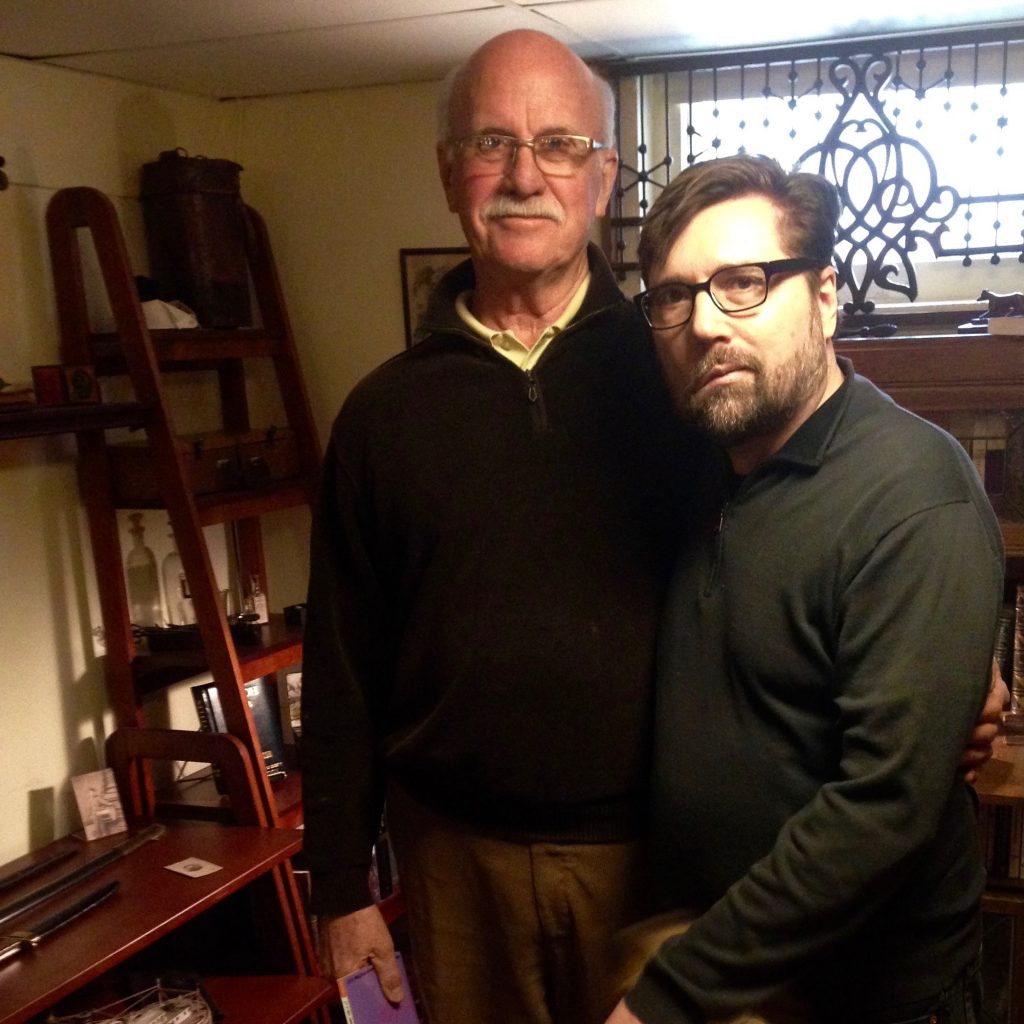Groundhog Day has come and gone, and I was tempted to write another blog post about one of my all-time favorite Bill Murray films, Groundhog Day, directed by Harold Ramos. But instead, I decided to begin a series of posts devoted to creativity. Why? Mostly because nobody read my last two posts about Groundhog Day and because the idea came to me in a moment of clarity.
Moments of clarity have many names. They can be “light bulb” moments for a great idea; a “breakthrough” when you finally solve a tricky problem; a “flash of inspiration” that reveals a new composition in its entirety and all at once. It could be an “epiphany” that changes the direction of your life or an “awakening” that leads to a deeper spiritual understanding. It could be as simple as an “Ah ha” moment when a concept that wasn’t understandable just a few seconds ago suddenly becomes clear.
Moments of absolute clarity are rare and exhilarating experiences, yet they can unfortunately, be interspersed amongst hours, days, or even years of complete and total cluelessness.
They are rare yes but somehow happening all the time. Huh? Trust me dear reader but remember “only idiots fail to contradict themselves three times a day.”—Friedrich Nietzsche
“Only idiots fail to contradict themselves three times a day.”
—Friedrich Nietzsche
When these elusive moments deign to present themselves, you better be ready, be willing, and be able to act on them before they move on to the next recipient. That’s right, you are almost never the only beneficiary of a moment of creative inspiration.
A composer friend of mine once told me that he thought I must be spying on his idea notebook, because I kept beating him to the punch publishing pieces for which he had a similar idea. I told him not to worry because this has happened to me many times throughout my career.
I’ve had plenty of cool ideas but at the time lacked the ability, connections, time, or understanding of how bring them to life. Then, out of the blue, someone comes out with MY great idea! They received the same moment of clarity as me. The difference is they acted on it, and I couldn’t (or didn’t). Snooze you lose.
The great drummer Billy Cobham agreed that “there are musical gifts, but it might be the gift of an idea.” That about sums it up for me (to quote Groundhog Day).
One problem for me is that precious moments of clarity always seem to come when I am either trying to sleep, or on a fifteen-hour flight, or too busy to do anything about it. I fail to act on these spasms of lucidity for many different reasons including lack of time, energy, money, resources, or motivation. Previous commitments, exhaustion, simple laziness, or some combination of the above are why many of my (arguably) great ideas went unrealized.
Don’t get me wrong. I’m not complaining because I have often been blessed with being in the right place at the right time when inspiration strikes. It is great to be on the receiving end of a good idea; it is absolute torture to be unable to bring that idea to fruition.
As a musician, composer, and educator I am interested in these moments of clarity and by extension—discipline and ritual. Although these characteristics may seem at odds, I assure you that discipline and ritual are among the most important tools for recognizing and acting on moments of clarity.
Many believe that moments of creative inspiration come from external sources such as the Muses for example. The Muses were Greek goddesses who were said to inspire the arts, music, and poetry. There are many romantic accounts of artists and their muses. F. Scott Fitzgerald was famously inspired by Zelda; Shakespeare’s ubiquitous Rosalind appears in at least three of his plays; and George Harrison and Eric Clapton fought over Patti Boyd for years resulting in some pretty darn good music.

Some, on the other hand, don’t put much stock in the role of muses in their work. Writer Helen Hanson advises that “inspiration is the windfall from hard work and focus. Muses are too unreliable to keep on the payroll.”
Somerset Maugham had more faith in his own discipline and routine than in external influences. “I write only when inspiration strikes. Fortunately, it strikes every morning at nine o’clock sharp.” He prepared for inspiration by starting work each morning at the same time. If inspiration struck, he would be ready to receive it. But there is also an implication that Maugham believed he could “will” inspiration into existence simply by showing up to work on time. I think he was right.
Perhaps the biggest danger and the most grievous offense then is to have a moment of clarity on which you fail to act. Michelangelo said, “the greater danger for most of us lies not in setting our aim too high and falling short; but in setting our aim too low and achieving our mark.”
“The greater danger for most of us lies not in setting our aim too high and falling short; but in setting our aim too low and achieving our mark.”—Michelangelo
But what do you do in case an idea presents itself? Simple; prepare in advance.
Preparing to be creative, or to learn, or to practice, or to…
Ritual
Dancer, choreographer, writer, creative spirit, octogenarian, and my current hero Twyla Tharp opens her book The Creative Habit by saying “I begin each day of my life with a ritual: I wake up at 5:30 am, put on my workout clothes, my leg warmers, my sweatshirts, and my hat. I walk outside my Manhattan home, hail a taxi, and tell the driver to take me to the Pumping Iron Gym at 91st street and first avenue, where I work out for two hours. The ritual is not the stretching and weight training I put my body through each morning at the gym; the ritual is the cab. The moment I tell the driver where to go I have completed the ritual.”

Photo: Wall Street Journal
Of course, a ritual for a painter, writer, composer, or musician might be different but the important thing is to find YOUR ritual; the one that puts you in the proper frame of mind to receive a moment of clarity. You must have your receptors cycled on and waiting for such a moment to appear.
Tharp goes on to say; “It’s vital to establish some rituals—automatic but decisive patterns of behavior—at the beginning of the creative process, when you are most at peril of turning back, chickening out, giving up, or going the wrong way.”
A ritual can be as simple and mundane as making your bed each morning or having a pencil in your pocket.
Be Prepared
Twyla Tharp tells us that in his essay “Why Write” Paul Auster relates the story of meeting his childhood idol, baseball player Willie Mays and trying to get an autograph. After mustering the courage to break through the crowd for the autograph Mays asked; “Do you have a pencil?” He didn’t, and no one else did either, to which Mays replied, “no pencil, no autograph kid.” To this day Auster, a professional writer, ALWAYS carries a pencil. The moral of the story is that you must be prepared to do the work. You should ALWAYS have everything you need to do your best work ready and waiting. (paraphrased from The Creative Habit).
When creating something, you become a receptor of ideas. When I set out to compose or arrange a piece of music, I have a process to prepare myself to receive inspiration. When working on a new composition I regularly schedule time to “discover” new things by means of purposeful “messing around.” From there the ideas begin to dart around my brain playing a game of musical hide and seek. This goes on for an indeterminate gestational period until finally everything comes together fully (or near fully) formed — and (as mentioned above) typically in the middle of the night. But there are no guaranties.
There is an old story about a struggling comedian who keeps dreaming every night that he is telling the funniest joke ever written to an enraptured audience. The stuff that Nate Bargatze can only imagine. The problem is that when he awakes in the morning, he can’t remember the hilarious punchline that could make his career.
He complains to his comedian friends who advise him to put a recorder near his bed so that he can wake up and capture the joke without getting out of bed. The next morning, he notices that the recorder has been activated during the night and was excited to hear this game changing joke, but when playing back the recording, he only hears the incoherent mumbling of someone talking in their sleep. Clarity is a fickle friend but apparently not without a sense of humor.
But if you are in the right place at the right time, with your receptors on and, uhm, “recepting”, then all that remains is to transition those ideas from the metaphysical to the physical world in the appropriate format such as a recording, a computer file, or on an old-fashioned piece of paper or canvas.
So, what causes these fleeting moments, and better yet, how do we capture them when they happen? Learning to tune your receptors to the possibility of incoming messages is key. This can happen simply by making room in your mind and time in your day for them to break through. One thing is certain, moments of clarity come on their own schedule and although you probably can’t really force them to happen, you can at least let them know that you are ready whenever they are. (contradiction noted)
The only advice I can offer from my own experience is that when you get stuck, it can help to distract yourself by doing something that takes your mind off the problem. Get away from your project or assignment. Go to a concert, watch a great movie, read a book, go to a baseball game, or do a puzzle. Interact with any type of activity that is outside your area of interest or endeavor and watch people who are at the top of their game. The next time you begin your ritual of preparing your receptors, the door might open up just enough for your moment of clarity to walk through.
Keep in mind what 19th Century poet and writer Guillaume Apollinaire advised, that “now and then it’s good to pause in our pursuit of happiness and just be happy.”
“Now and then it’s good to pause in our pursuit of happiness and just be happy.”—Guillaume Apollinaire
Stay tuned for Thoughts On Creativity Part II which will be finished the next time I get a moment of clarity—but who knows when that might be…
Recommended reading:
Contributor. Patti Boyd Rock Muse, Ultimate Classic Rock (UCR)
https://ultimateclassicrock.com/patti-boyd-rock-muse
Tharp, Twyla. The Creative Habit
http://www.amazon.com/The-Creative-Habit-Learn-Life/dp/0743235274

